.jpg)
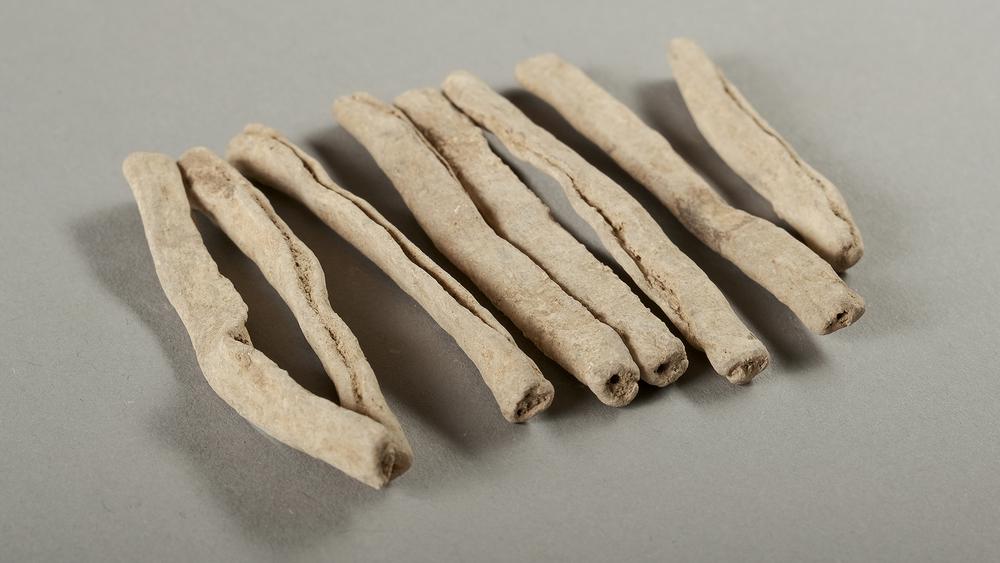
(1/ )
Early Imperial [27 / 235]
More than one hundred small lead plates rolled up on themselves were deposited in a perishable globular container before the construction of the building. Despite the absence of ritual inscriptions, they may have been part of a foundation ceremony for the shrine.
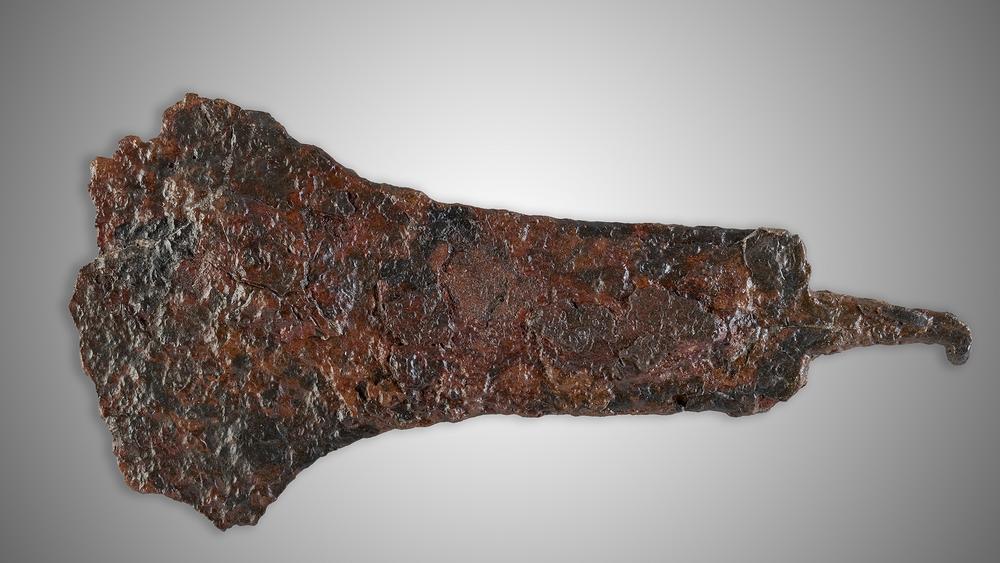
(2/ )
Early Imperial [27 / 235]
Blade of slicer having been able to be used with the mithriac banquet.
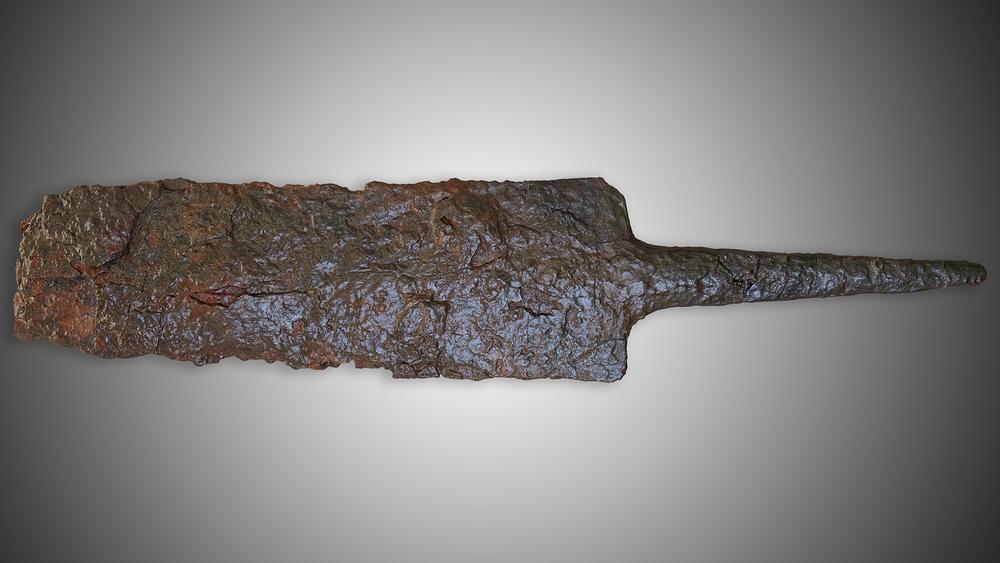
(3/ )
Early Imperial [27 / 235]
A dagger, a short sword without a guard, placed in a terracotta box built into the axis of the corridor to the south of the sanctuary, may have served the priest who was re-enacting the sacrifice of the bull.
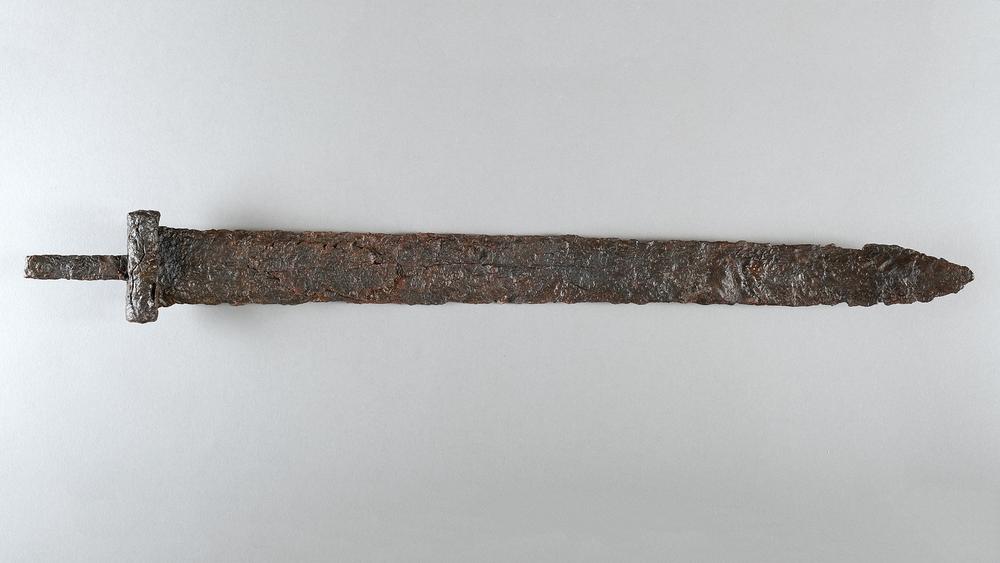
(4/ )
Early Imperial [27 / 235]
A deliberately buried sword with its point to the north and deliberately bent into a Z-shape bears witness to a particular ceremony in Mithraic liturgy. It could have been used for animal sacrifice. This oriental type became widespread in the western Roman world at the end of the 2nd century AD.
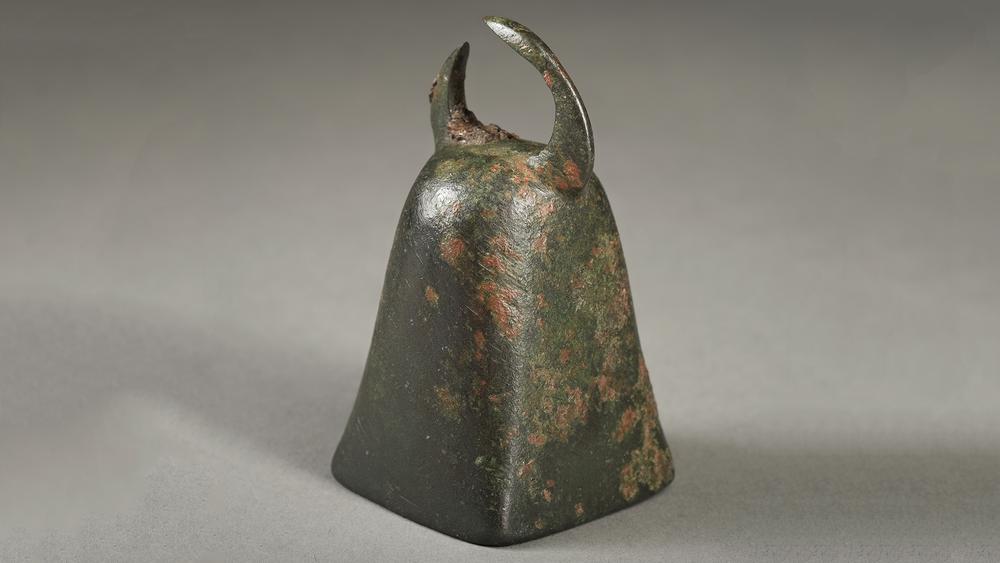
(5/ )
Early Imperial [27 / 235]
Bell in copper alloy having been able to be used at the time of the rituals of the cult of Mithra which were punctuated by songs and music.

(6/ )
Early Imperial [27 / 235]
Bell in copper alloy having been able to be used at the time of the rituals of the cult of Mithra which were punctuated by songs and music.
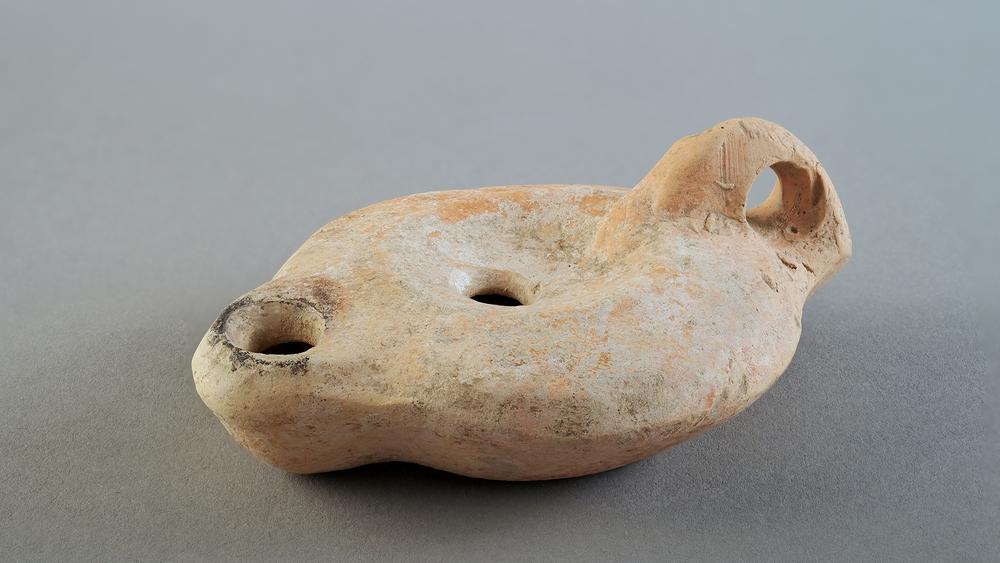
(7/ )
Early Imperial [27 / 235]
Oil lamp of the Deneauve VIII B type placed in a niche of the mithraeum. It created a luminous atmosphere in the sanctuary.
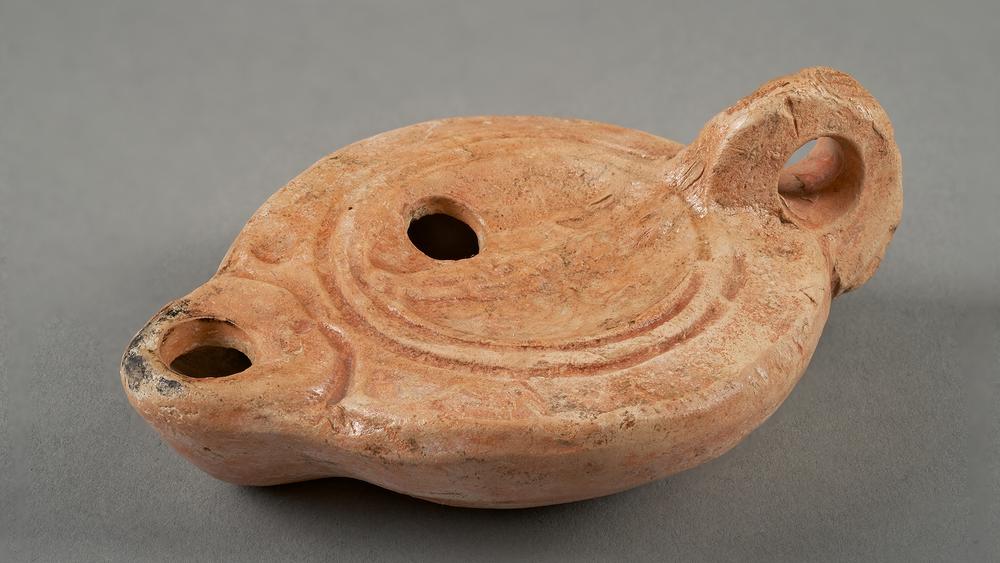
(8/ )
Early Imperial [27 / 235]
Oil lamp of type Deneauve VIII B on which appears Diana the Huntress on the left. An inscription on the bottom: ANNI SER, indicates a workshop found in Ostia. Placed in a niche of the mithraeum, the lamp created a luminous atmosphere in the sanctuary.
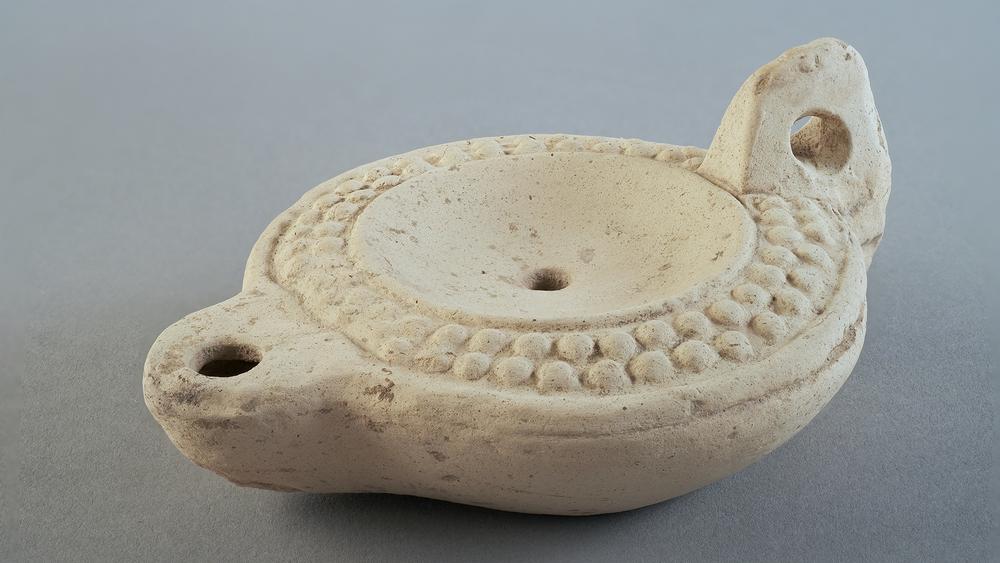
(9/ )
Early Imperial [27 / 235]
Oil lamp inspired by the Deneauve VII and VIII types, decorated with two rows of globules. It was deliberately buried with the sword in the mithraeum.
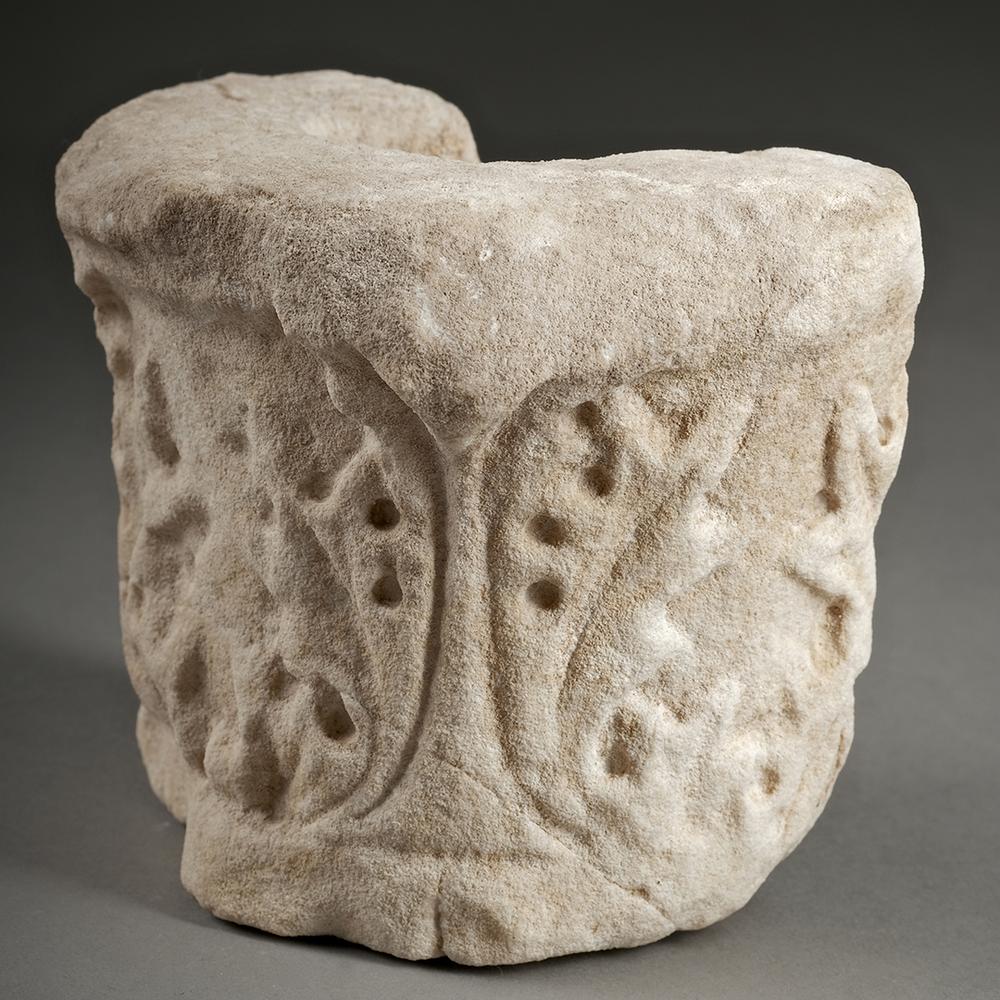
(10/ )
Early Imperial [27 / 235]
Small Corinthian capital in white marble of which only half is preserved. It may be the frame of a niche of the mithraeum.
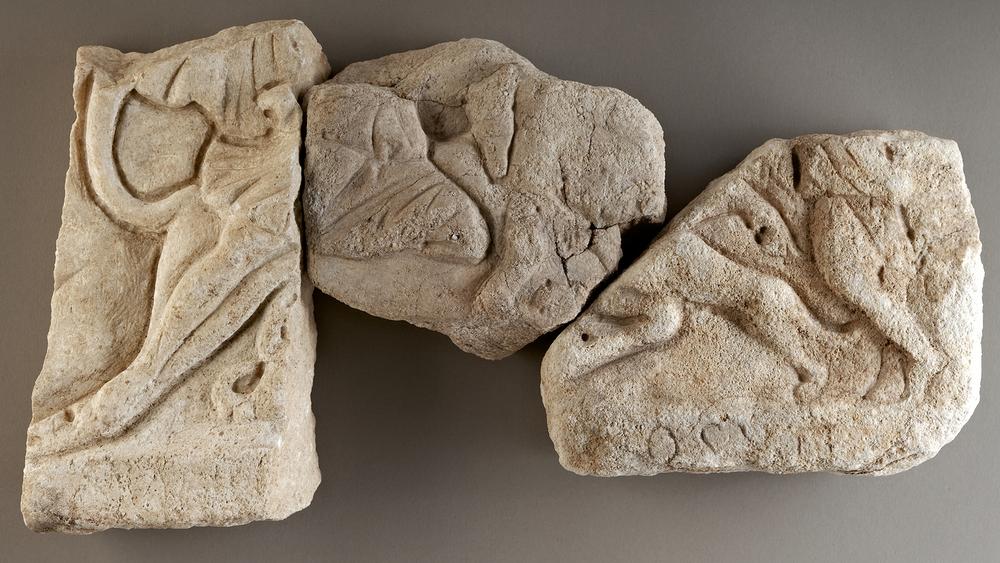
(11/ )
Early Imperial [27 / 235]
An incomplete marble plaque was broken into three pieces and burned, probably by the first Christians on the site. It depicts the taurobolus of Mithra following his iconographic codes. Despite the damage, this sculpture reveals the lower part of the scene of the sacrifice of the bull and in particular the sword piercing the neck of the animal and the hindquarters of the dog biting it.
An inscription placed in a band below the relief reads partially:
[MARIN]... POSVIT translated as "Marinus has posed".
This mention and the small size of the bas-relief could also be interpreted as an ex-voto offered by a certain Marinus without necessarily being the scene associated with the main altar of the sanctuary.
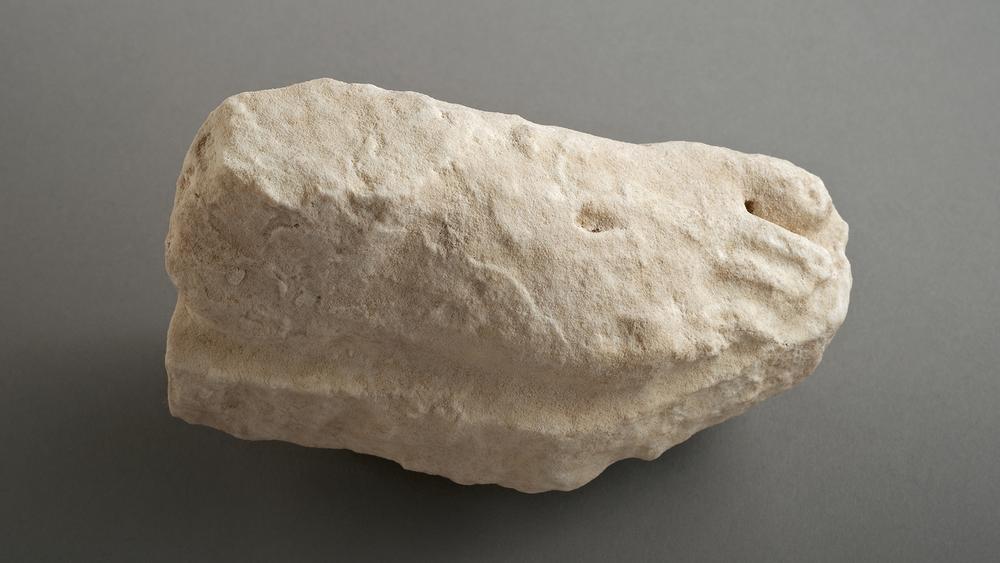
(12/ )
Early Imperial [27 / 235]
Foot of a small statue (less than 1 m) representing a child or a deity.
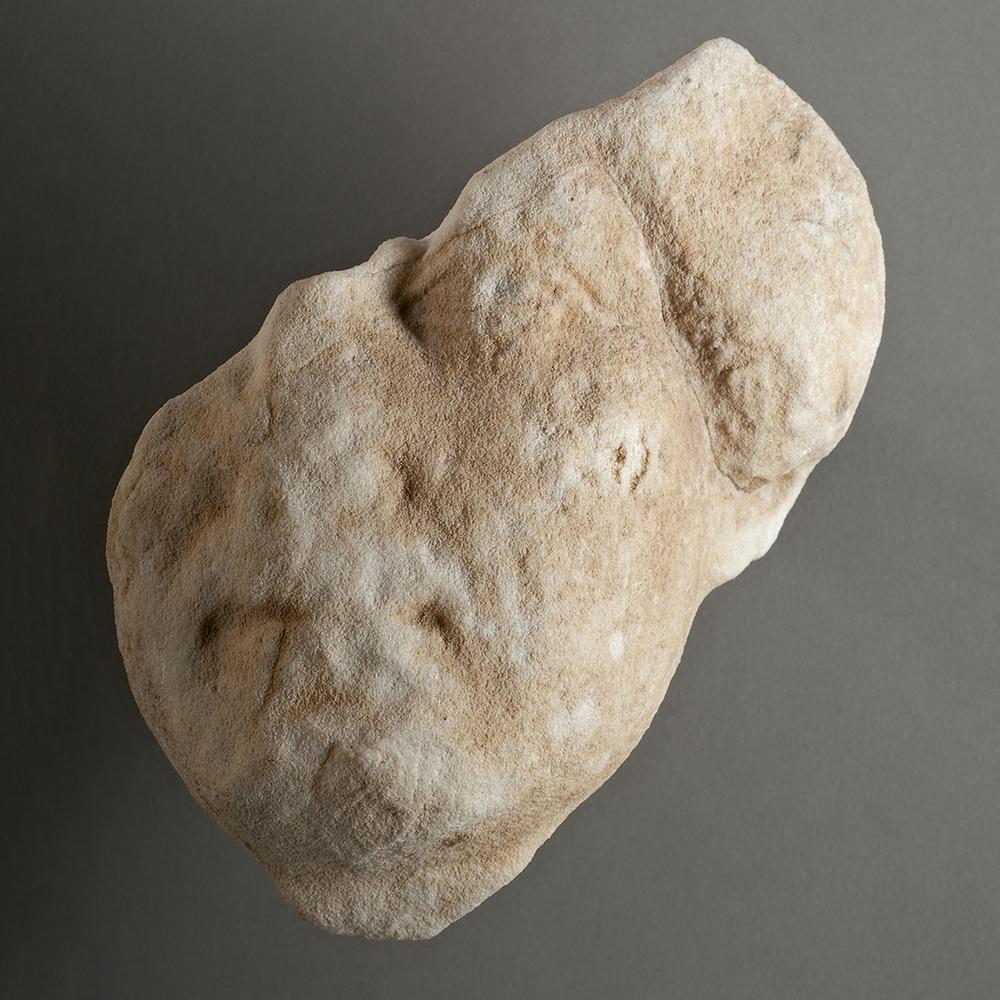
(13/ )
Early Imperial [27 / 235]
Lacunar female head sculpted in marble. The identification - person or divinity - is impossible. It may belong to a statuette from the sanctuary of Mithra.
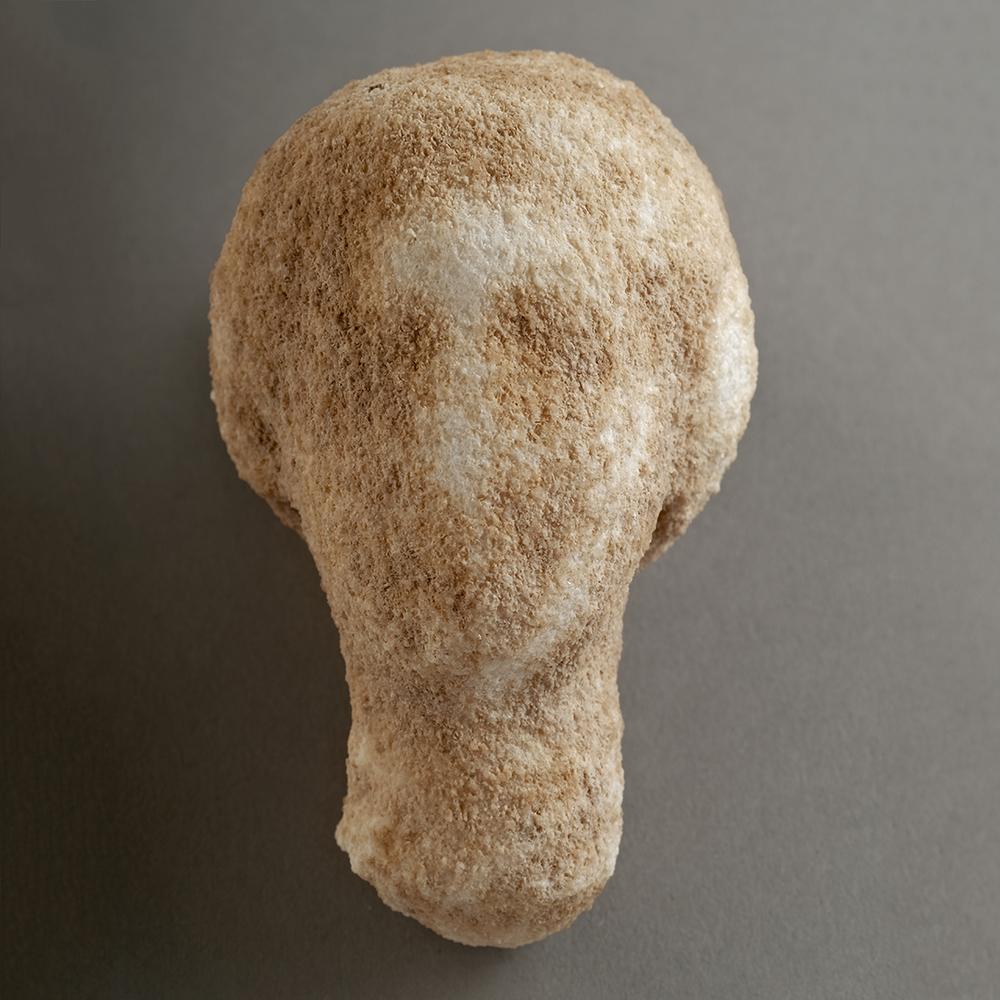
(14/ )
Early Imperial [27 / 235]
Lacunar female head sculpted in marble. The identification - person or divinity - is impossible. It may belong to a statuette from the sanctuary of Mithra.